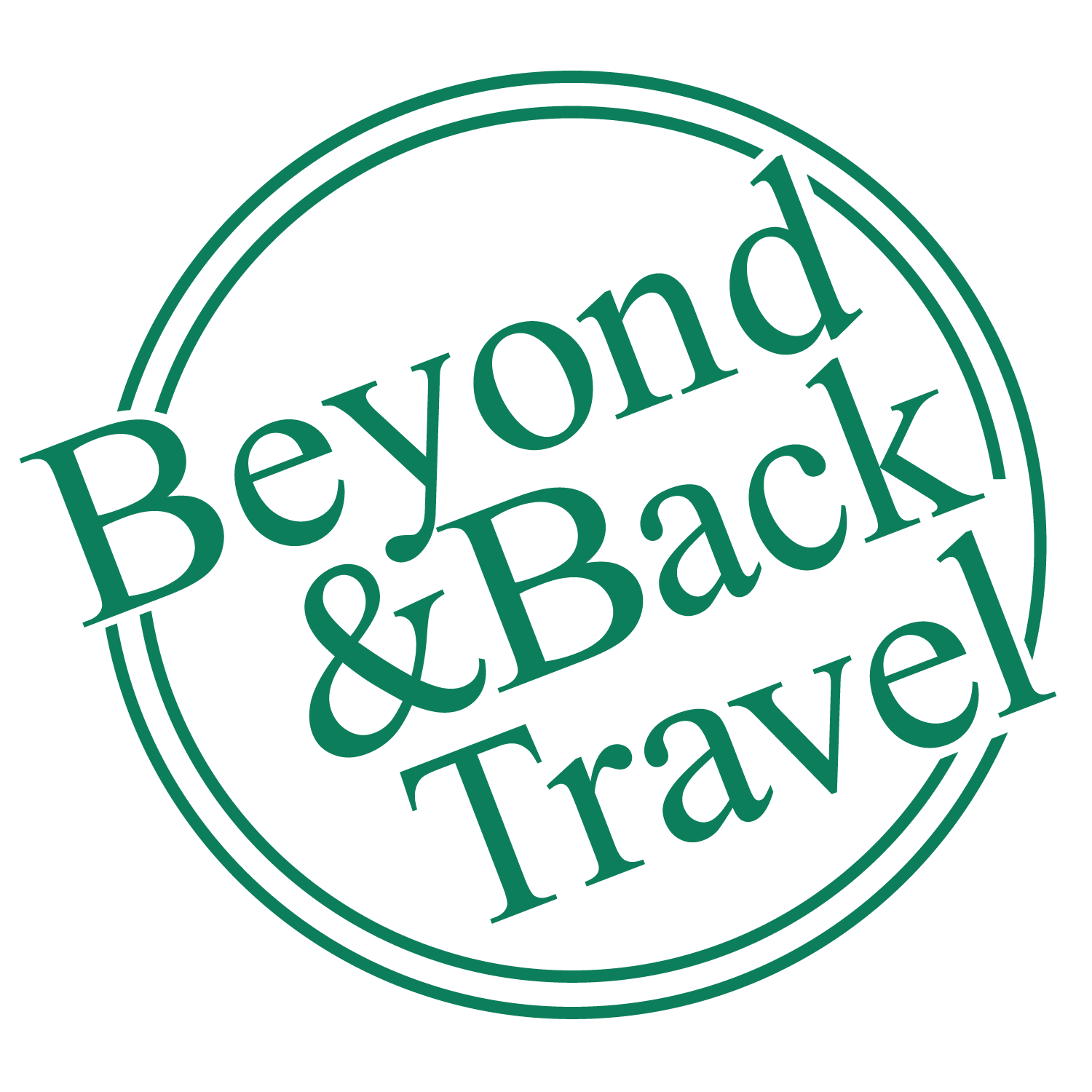Explore Europe’s Lesser-Known Regions
While Europe’s capitals get lots of attention from travelers, the continent is home to smaller cities whose charms, cuisine and attractions make them as worthy of exploration as their “big sisters.”
That was the impetus behind the creation of European Capitals of Culture. The program helps foster a sense of purpose and community, and it gives some of Europe’s lesser-known regions a moment in the spotlight. Today, with concerns about overcrowding at some major attractions, visiting these places is a good way for travelers to do their part to lessen the effects of overtourism.
Galway, on Ireland’s west coast, and Rijeka, a port city in Croatia, on the Adriatic Sea, are the European Capitals of Culture for 2020. Each city has hundreds of innovative events planned throughout the year. With art, music, dance, theater and literature taking center stage, there’s something for every visitor.
A city of about 80,000, Galway is home to a major university, which gives it a lively atmosphere. And it’s compact enough that you can easily see the city’s main attractions on foot.
To coincide with St. Patrick’s Day celebrations, a nighttime light display will illuminate the mountains of Connemara from March 14-17. The Galway International Arts Festival features theater, music, comedy, dance and visual arts from Ireland and around the world from July 13-26. A circus festival from Aug. 6-9 will culminate in 400 people of all ages crossing Galway’s River Corrib on high wires.
Herds of sheep are a common sight in rural Ireland, and of course the country is known for its fine woolens, from socks to sweaters. Project Baa Baa will celebrate the economic and environmental contributions of sheep in Ireland and throughout Europe. An international tapestry exhibit and symposium is scheduled for May 22-24, followed by a gathering of sheep farmers, researchers, artists and designers and craft and food producers from May 28-31. Cultural events include a street fair, food tastings and a parade.
Today, Rijeka, a city of about 130,000 people, is part of Croatia. But because of its port and strategic location, control of the city has changed many times over the centuries, giving it a dynamic culture influenced by Austria, Hungary and Italy, among others.
Visitors can explore this fascinating history at the City Museum, opening in March in the renovated Sugar Palace, a baroque-style industrial building from the 18th century. The museum will allow visitors to explore the city’s economic and social history over the past 300 years.
Food and music are often the best means of getting to know and understand other cultures. That’s the philosophy behind Rijeka’s Porto Etno Festival, which takes place Sept. 3-6, featuring than 100 performers and 30 global cuisines. Other events include Spring Forward, a festival of contemporary dance, from April 24-26, and a May 25 performance by Compressorhead, the first rock band in which robots play instruments live.
Learn About Our Custom Itineraries
Get off the beaten path and experience the authentic.







